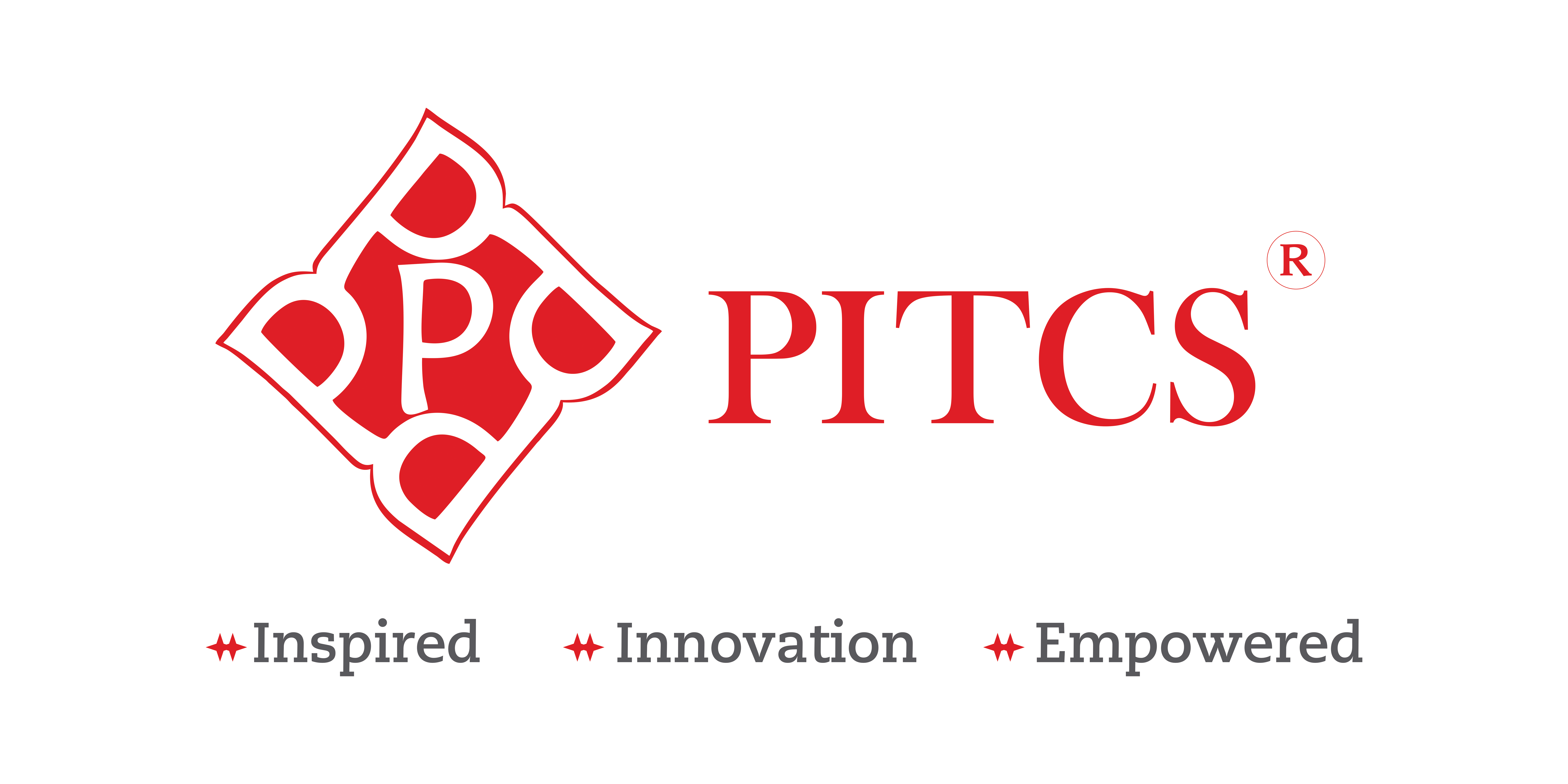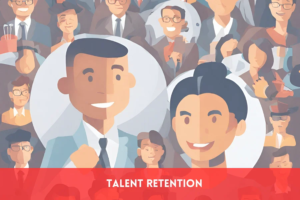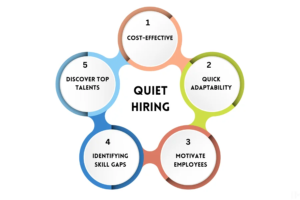Full lifecycle recruiting refers to managing the entire recruiting process from start to finish. It is also known as full-cycle recruiting, 360 recruiting, and end-to-end recruiting.
Said process consists of several stages, starting with the need to hire a new employee and ending with the incorporation of the same.
We are going to discuss “what is full life cycle recruiting, benefits of end-to-end recruitment and tips to improve the process.
Table of Contents
Who performs the full life cycle recruitment process?
The person in charge of the cycle depends on the size of the company. In a large environment, it is important to delegate these functions appropriately and in a timely manner so that fluidity in the workplace is not affected.
For a small organization, the hiring manager or recruiter is responsible for each phase of the cycle. As the business grows, so does the number of openings. A medium-sized company usually has a human resources department of a few people where responsibilities are shared.
Larger companies may have entire teams working on a single stage of the recruiting lifecycle. However, outsourcing the entire process is becoming an increasingly popular trend.
Also learn about contingency recruitment.
The main stages of the full life cycle recruitment:
1. Definition
The first stage is to define the ideal candidate. It is important to understand what the needs and expectations are when it comes to filling a position. What characteristics, skills, education and experience must the applicant have? Once the ideal candidate has been defined, you can develop the job description.
2. Supply
It consists of looking for both candidates who are actively looking for work, and those who are not looking for a job, but may be interested in the position. There are several ways to search for candidates, such as posting on job boards or career websites, advertising internally, or running an employee referral program.
3. Detection
This phase refers to the selection of potential candidates by reviewing resumes, to see if they meet the requirements of the position. Some companies also screen candidates by conducting phone interviews. Once you have shortlisted the ideal candidates, you can invite them to attend an interview.
4. Selection
Selecting the best candidate is the most fundamental part of the hiring process. A resume can’t reveal much, so it’s imperative that you meet with the person to determine if their characteristics, skills, and experience match what you’ve put on their CV.
Before the interview, you will need to prepare a list of questions. Depending on the industry, this stage may also include background checks and reference screenings.
5. Hiring
Once the interviews are complete and a candidate has been chosen, it is time to make them a job offer by sending them a formal letter.
6. Incorporation
Lastly, onboarding is another crucial stage, as it requires time and commitment, with the aim of making the new employee feel welcome by their co-workers and to help them adjust to the company culture. This will give a successful closure to the recruitment process.

Benefits of Full Lifecycle Recruitment:
1. More personalized communication with the candidates
Being in contact with the candidate throughout the hiring process instills confidence and makes them feel special. Plus, it creates a connection, which makes it easier to negotiate things like compensation and benefits.
2. Decreased contracting time
Full-cycle recruiting means less “dead space,” and the key to decreasing the time it takes to complete the process is to automate the right parts, like pre-employment screening.
3. Improve the quality of recruitment
Full cycle recruiting allows you to focus on what really matters. Mainly, on the candidate’s ability to do the job by testing her skills instead of relying on her resume.
Second, you can spend more time with the candidate and see if they are the right fit for your organization. All this results in better hiring.

Tips to improve the recruitment process:
1. Define and reassess the objectives and values of the company
The first thing is to know exactly what the company needs in a specific area or position, in order to write a good job offer.
2. Eliminate irrelevant factors
Streamline the process and reduce costs by eliminating everything that is not necessary for a vacancy.
3. Avoid biases and prejudices
Some studies have shown that employers tend to hire people who are similar to them in terms of age, gender, race, social class, and other factors, often culminating in a gradual stagnation of the company.
The best way to overcome such biases is to be aware of them and take steps to create fair and balanced processes.
4. Do not make the processes long
If it takes a long time to complete the recruitment cycle once it begins, you could lose the interest of the candidates and even cause them to start working at competing companies, in addition to generating a mismatch in the area where said position is required.
5. Optimize the use of tools
If one of the causes of a slow recruitment process is the lack of tools for recruiters, seek to support the area with the automation of processes with applicant tracking systems or specialized software.
FAQs: What is Full Life Cycle Recruiting
What is Full Life Cycle Recruitment?
Full lifecycle recruiting refers to managing the entire recruiting process from start to finish. It is also known as full-cycle recruiting, 360 recruiting, and end-to-end recruiting.
How does recruiting fit into the HR life cycle?
Recruitment is the second step of the human resources life cycle: after the position is vacant, but before the hiring takes place.
What is end-to-end recruiting?
End-to-end recruiting, similar to full lifecycle recruiting, consists of several stages, beginning with the need for a new employee and ending with onboarding.
What is the final stage of the recruitment process?
The final stage of the recruiting process is onboarding. Onboarding strives to make the new employee feel welcome by their coworkers and help them adjust to the company culture.
Who is in charge of the full life cycle recruitment process?
In midsize companies it falls to the HR department, but small businesses and start-ups may not have the manpower to carry out this process on their own. In this case, the task often falls to one person, who can do everything himself with the help of recruiting software.
What tools are available for full lifecycle recruiting?
There is a wide range of software available to help you with the recruiting process. From sourcing tools to applicant tracking systems. Such online tools are extremely useful and many are specially priced for small businesses and startups.
Can I have someone else recruit for my company?
Yes. If you don’t have time to recruit employees on your own and you don’t have an HR area, you can always use an employment agency to handle the entire recruitment process.
What are the stages of the recruitment process?
Definition.
Catering.
Detection.
Selection.
Hiring.
Incorporation.
How do you create an effective recruiting process?
Develop a database of job postings.
Set aside time to review resumes and interview candidates.
Use tools to keep track of candidates, their qualifications, and progress.
Interview with cluster candidates.
Use letter and document templates that can be customized.
Build relationships with candidates.
Review the hiring process.
Conclusion: What is Full Life Cycle recruiting?
In conclusion, full life cycle recruiting is the process of managing the entire recruiting process from start to finish. The person in charge of the process depends on the size of the company, with a hiring manager or recruiter being responsible for the cycle in small organizations, and teams being responsible for individual stages in larger companies. It is an essential part of the recruitment process and helps to ensure that the right people are hired in an efficient and timely manner.




